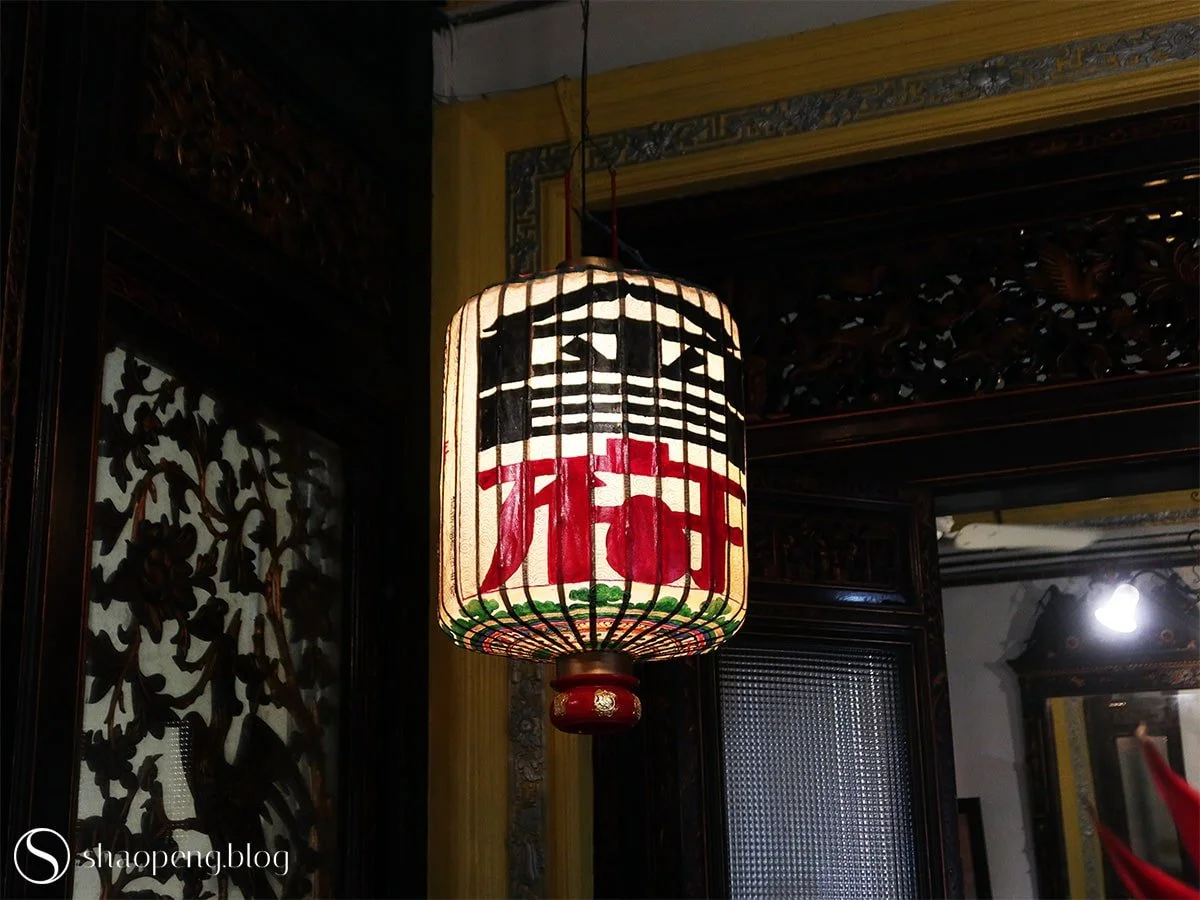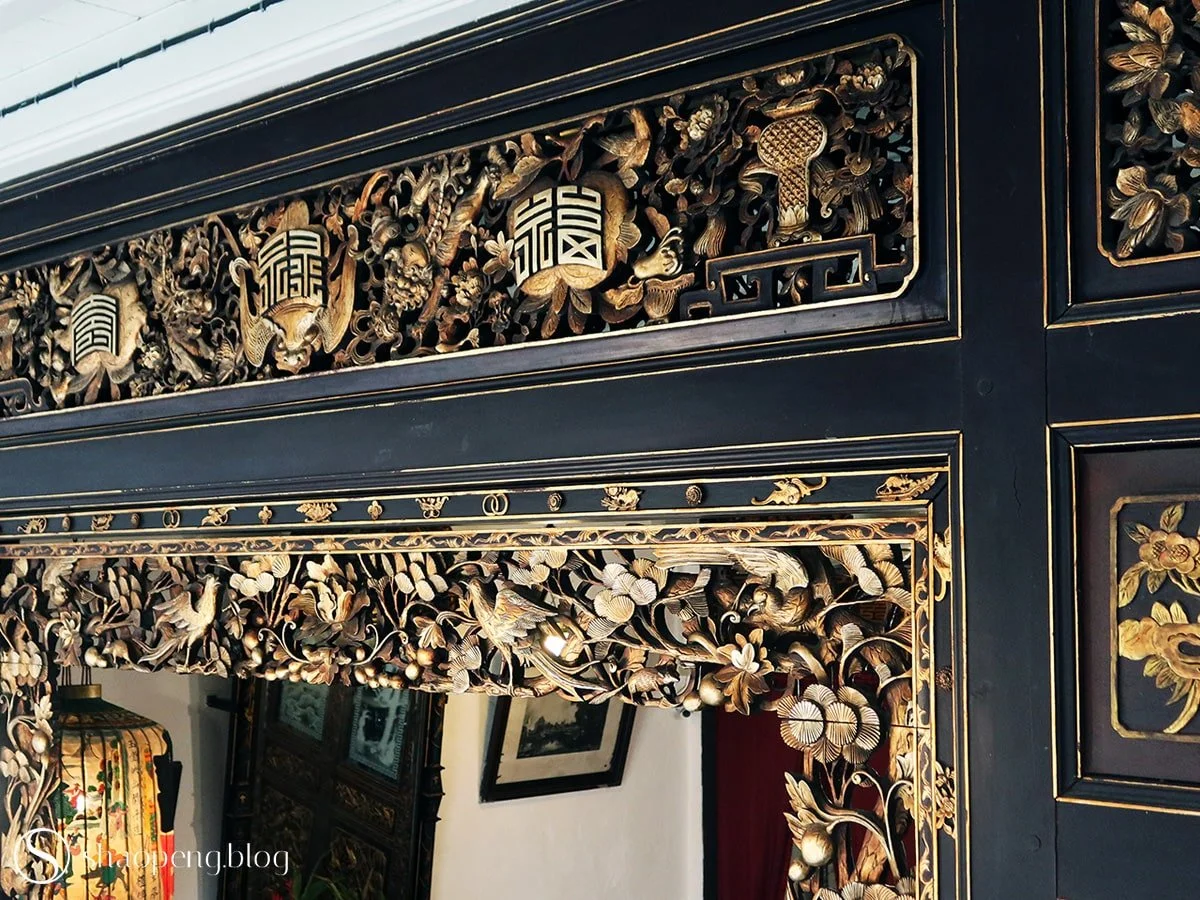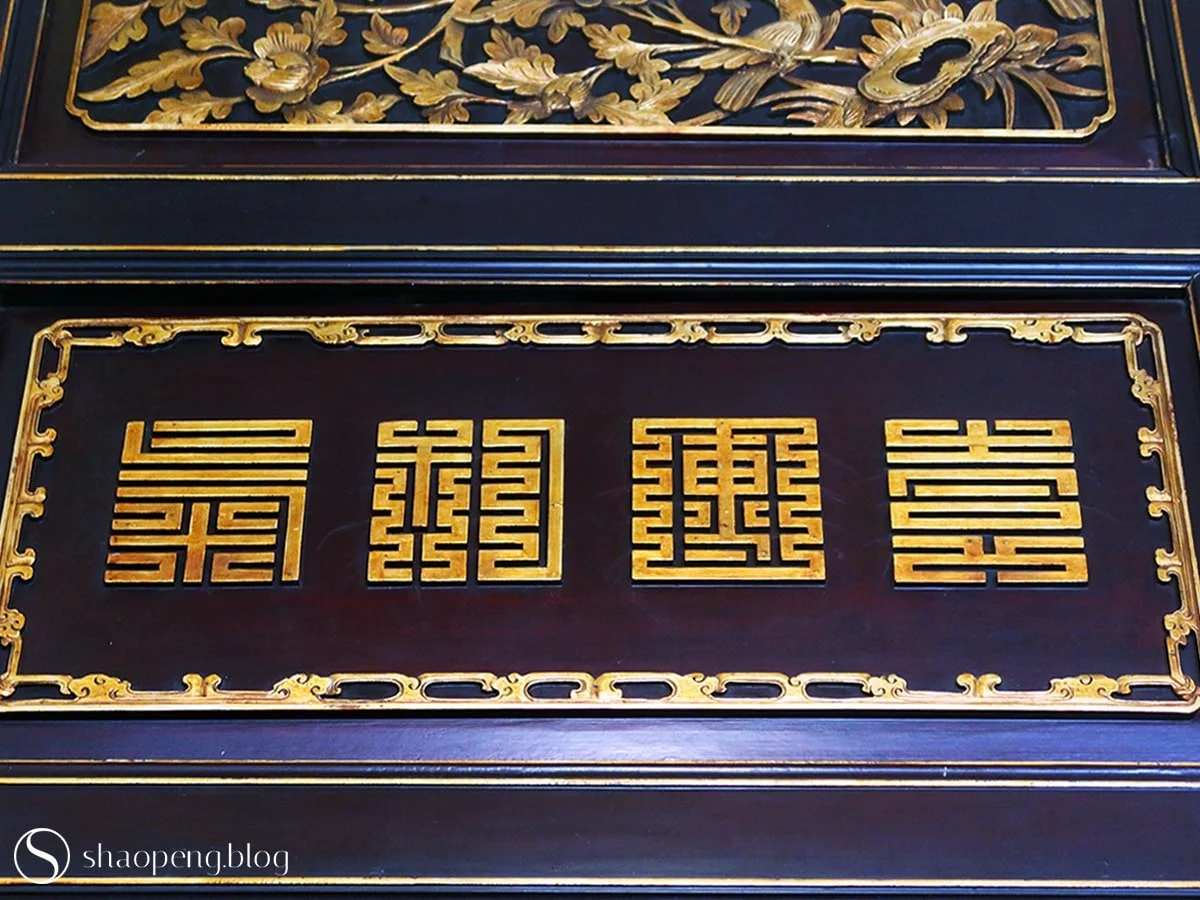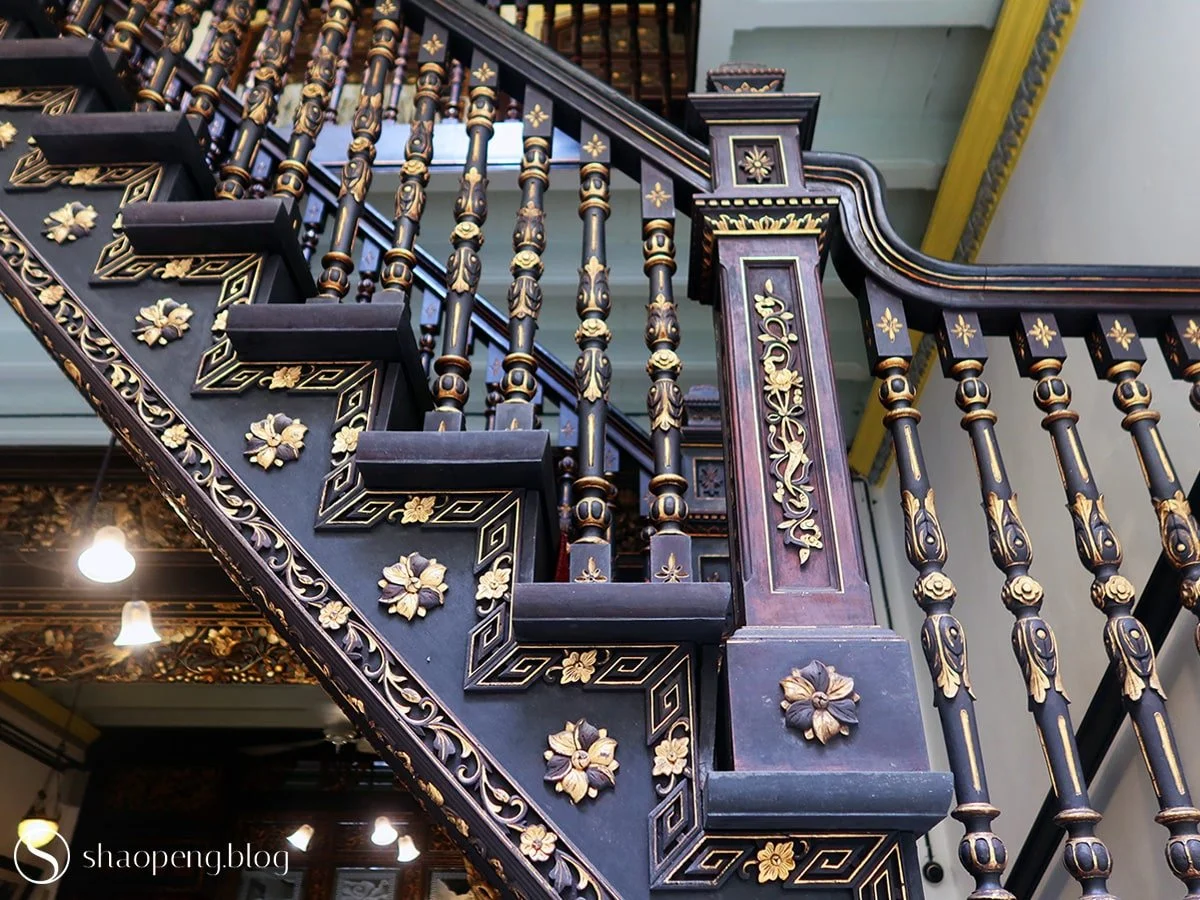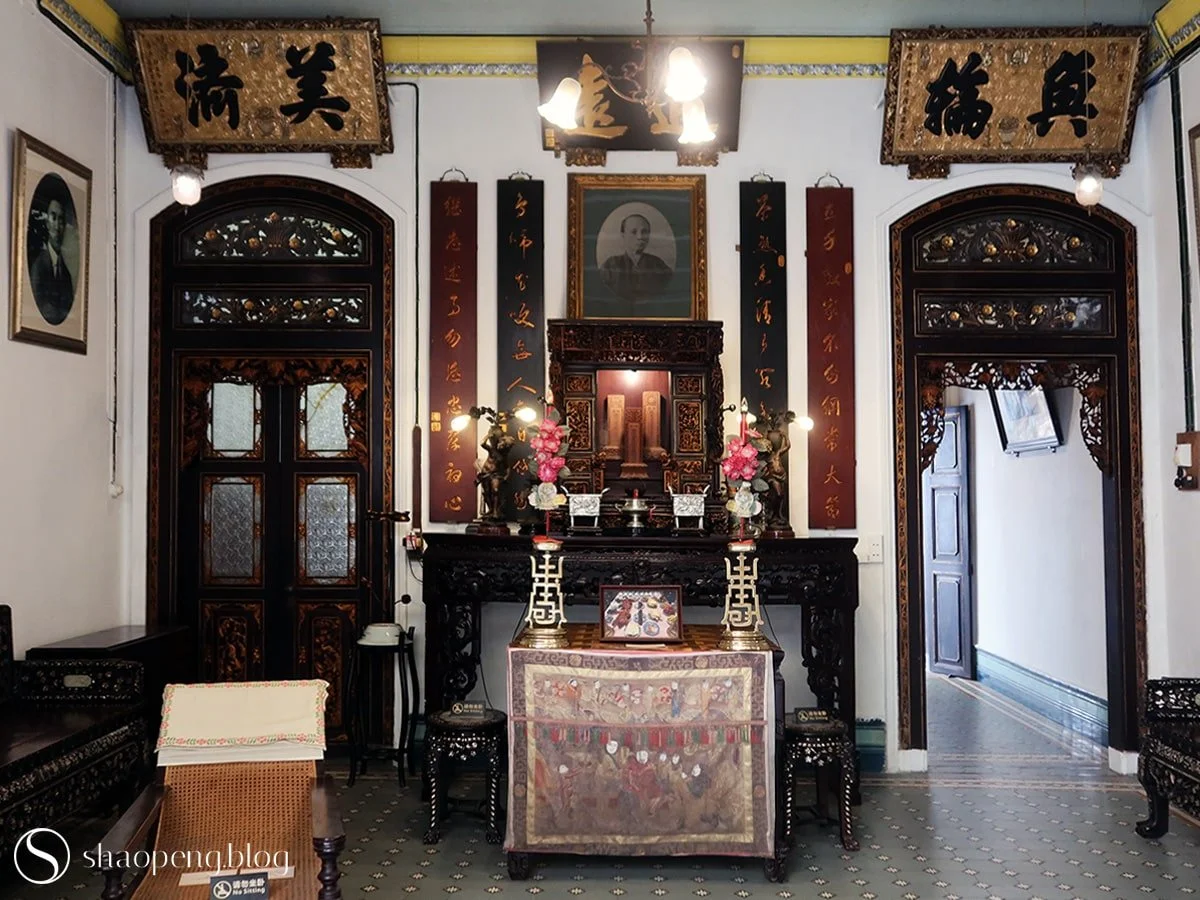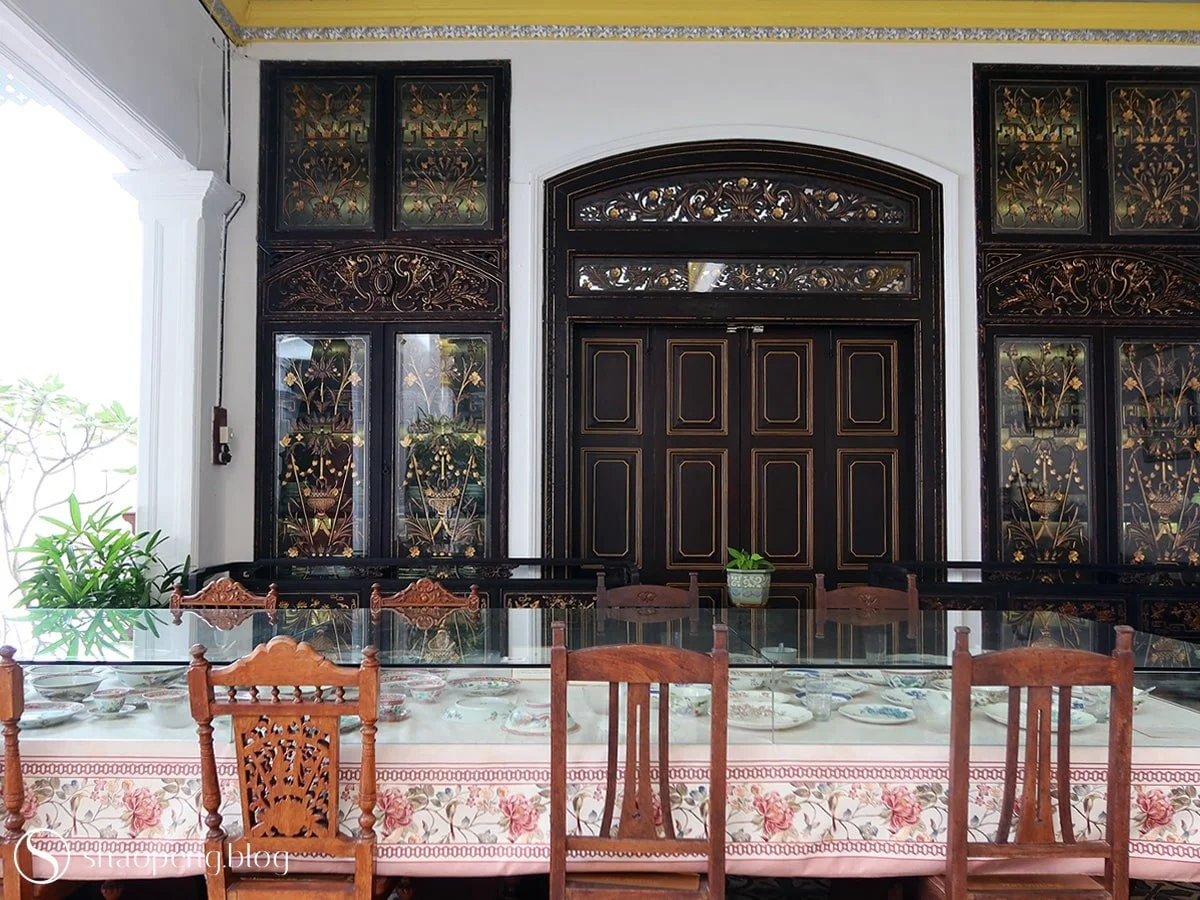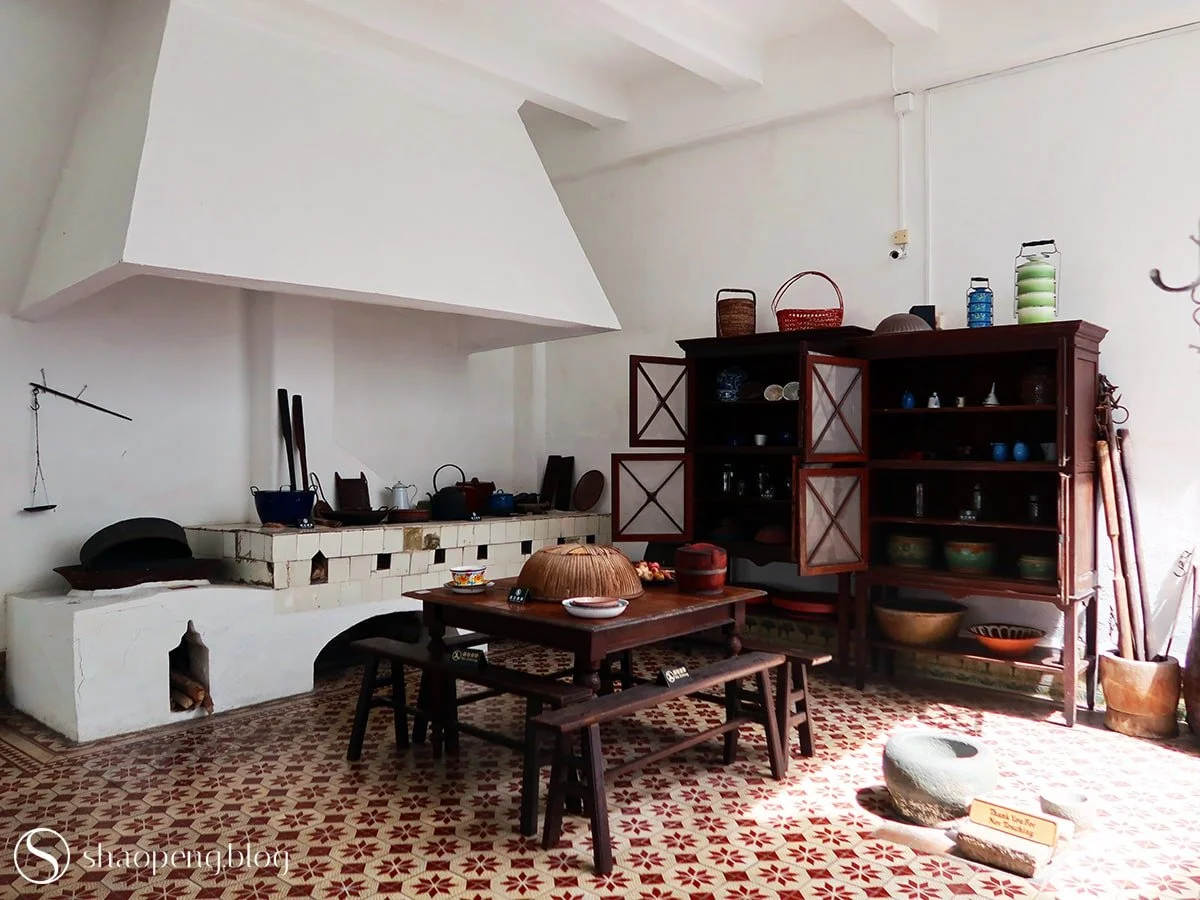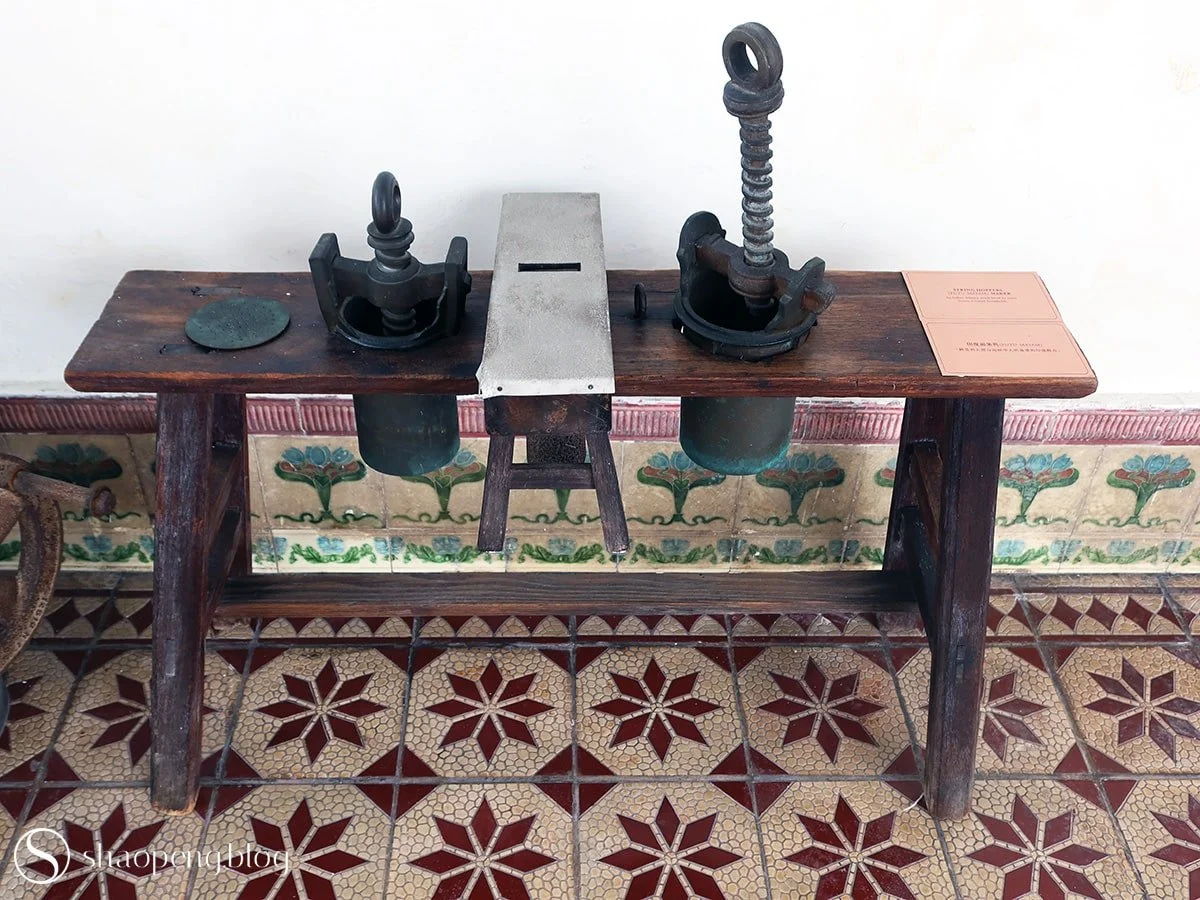Wander in Malacca: Baba Nyonya Heritage Museum
In the heart of Malacca’s old town, a home-turned-museum invites you to step into history and imagine what life used to be like for a Peranakan Chinese family behind these walls.
Sense of Wander: ★★★★★
The Baba Nyonya Heritage Museum is a must-visit in Malacca for anyone wanting to explore the rich traditions of Peranakan culture.
MALACCA, Malaysia — While wandering through the old town of Malacca, you pass rows of Peranakan houses lining the street. Among them, one painted in a soft vanilla hue draws the eye. European plasterwork of festoons and classic swirls graces its facade, framing stoic wooden windows that might be overlooked, were it not for the faint, time-worn glimmer of gilding that catches the light.
Spanning three terrace lots, this was once the private home of the Chan family, who acquired in 1861. For four generations, these rooms were where family celebrations, ancestral rites, and the rhythms of everyday living took place — before its opening in 1986 as the Baba & Nyonya Heritage Museum. Today, it remains one of the most intimate places to step into the world of the Peranakan Chinese, offering a closeness that its counterpart, the Pinang Peranakan Mansion, cannot match.
Before crossing the threshold, you meet the story’s central figure: Chan Cheng Siew (1865–1919), a planter whose fortune came from growing and exporting rubber to England. His home, preserved with care, still speaks in the language of its time.
Lanterns painteed with “Chan Fu” (meaning “Chan family”) were hung outside of the house to indicate its owner.
A Grand Entrance
The first room, the Grand Reception Hall (Thia Besar), is designed with measured symmetry, reminiscent of an official’s residence in Qing China (1644-1912). Here, Chan would have welcomed his guests, sealing business deals over conversation and sips of tea.
On the walls hang silk embroidery panels imported from China. Rich with traditional motifs, they tell the story of a community that, while embracing Malay customs, held fast to its Chinese roots and identity. From the carved frames to the furniture, every surface bears the mark of a skilled artisans — most furnitures date back to the time when Chan himself walked these floors.
A screen door marks the boundary between the Grand Reception Hall and the Dark Hall (Thia Gelap) — the farthest point an unmarried daughter could venture unaccompanied. From here, she could steal glimpses of visitors through the narrow slits, perhaps a handsome stranger, or even a future husband.
Intricate silk embroidery panels from China grace the walls of the mansion’s Grand Reception Hall.
Decorative frames inside Peranakan homes do more than divide spaces — they are often carved with auspicious symbols and floral and fauna motifs, reflecting the owner’s wishes for abundance, prosperity, and longevity.
A curious calligraphic inscription found inside the Baba Nyonya Heritage Museum — its meaning still waiting to be deciphered.
A Mansion Shaped by Fortune
The museum stretches deep — 160 feet from front to back — yet remains only 55 feet wide. During the Dutch occupation, taxes were levied based on width of the house frontage; this led the mansion to expand lengthwise, resulting in a narrow and elongated floorplan.
The layout follows traditional Hokkien or Minnan architectural design — rooms arranged in sequence, with courtyards marking transitions between spaces.
With no side windows, the mansion breathes through three airwells. Here, daylight and rain spill into the courtyard, cooling the air and, according to common belief, water symbolises wealth, inviting prosperity.
The courtyard airwell stands out with a neoclassical-style decorative band running against a Peranakan yellow backdrop.
Elaborate gold-gilt wood carvings are a hallmark of the eclectic aesthetic of a Peranakan mansion.
Perhaps the most remarkable feature is the gold-gilt staircase. Built entirely without a single nail, it is adorned with vegetal and floral carvings — delicate handiwork by craftsmen from China. When sunlight filters through the courtyard, the gilded surface evokes a “Chinese baroque” touch, a splendour that has not dimmed by time.
At the top of the staircase lies a fascinating relic of 19th-century security mechanism — a foldable cover that could be locked. It might have kept thieves from the upper living quarters, kept children safely upstairs at night, or even deterred a husband returning late.
A deep love for wooden furniture is observed throughout this part of the world. From beams and bed frames to door panels, tables, stools, and decorative objects, intricate woodcarvings are ubiquitous. Floral motifs, mountain rocks, and cranes are common themes, while human figures are rarely depicted. These carvings lean toward the luxurious elegance characteristic of Cantonese artistry.
The lady of the house would sit here at the dressing table and groom herself with care.
Inside the master bedroom, a removable wooden panel on the floor allows a discreet peek to see who’s downstairs.
Rites and Rituals of Life
Upstairs, the former master bedroom has been transformed into an exhibition of a bridal chamber, showcasing the twelve-day wedding celebrations of the Peranakan Chinese. On display are the costumes from the 1917 marriage of Chan Seng Kee (1895–1983) and Ho Joo Suan, tailored by a Shanghainese dressmaker.
In another room, birthday traditions are shown — an imperial-style robe, longevity noodles known locally as mee suah, and glutinous rice balls dipped in kuih ih syrup celebrated the sweetness of life. While birth was marked with joy, passing was different; blue became the colour synonymous with Peranakan funerals, even colouring the cakes served during this solemn occasion.
Another room speaks to leisure: long afternoons filled with the shuffle of mahjong tiles and the playful deal of cherki cards were favourite pastimes of the nyonyas.
Ancestral worship plays a pivotal role in Peranakan Chinese everyday life. Returning to the ground floor, you come across the family’s spiritual anchor: the Ancestral Hall. Seven times a year, family worship is still conducted here. Whatever faith the descendants follow — Taoist, Buddhist, or Christian — ancestral worship remains integral to preserving traditional values.
In the Ancestral Hall, a portrait of Cheng Siew’s mother, Chew Poye Yan (1845–1903), hangs prominently above the altar.
A long table known as tok panjang takes centre stage in the dining room.
From Kitchen to Dining Table
Beyond the Ancestral Hall lies the Dining Room, where a long table known as the tok panjang (“long table,” with tok from Hokkien for table and panjang from Malay for long) stands ready to feed the Chan family’s eight children.
Here, older family members would have eaten with their hands, following Malay custom, while others adopted the English habit of using utensils. Surprisingly, chopsticks were seldom used, seen as too “Chinese” for the Peranakan way of life.
The table would have been set with beautiful Nyonya porcelains, carefully chosen for each occasion: everyday meals served on English-pattern plates from Robinsons Singapore or Johnson’s Brothers; special celebrations marked by red porcelain adorned with phoenixes and peonies; and funerals accompanied by the soft hues of blue and white porcelain.
Signature dishes would’ve include fragrant duck soup (itik tim), the earthy pangium edule nuts known as buah keluak, pork soybean-paste stew (babi pong teh), and fiery condiments like sambal belacan chili paste and cincalok shrimp paste.
This bronze gong shows strong Javanese influences, from the two elongated figures on its surface to the mythical bird Jatayu, which holds the chain in its beak to carry the gong — both elements recall the artistic traditions of Wayang Kulit.
The kitchen is filled with an array of cooking wares and utensils.
Seng Kee transformed the original putu mayam maker into a bench, making it easier for his wife, Joo Suan, to prepare the Indian delicacy at a comfortable arm level.
Between the dining room and kitchen hangs a bronze gong, its surface carved with two elongated figures reminiscent of characters from Javanese Wayang Kulit shadow puppetry. Long ago, the gong would ring at precisely 7 PM, calling the household to supper.
As a bustling port city, Malacca’s residents enjoyed access to the finest goods from around the world. Alongside everyday kitchenware, you’ll find an ice cream maker and a putu mayam maker on display. Seng Kee transformed the latter into a bench, making it easier for his wife to prepare the beloved Indian delicacy at a comfortable height.
Decades have gone by since the time of Seng Kee. Today, the Baba Nyonya Heritage Museum is overseen by Henry Chan, the Managing Director and a fourth-generation member of the Chan family, alongside Baba William Chan, who carries the legacy as the fifth generation.
Wanderer’s tip — As you step into the museum, look for the QR code to scan and unlock a complimentary audio guide. Narrated by Melissa Chan, the fifth-generation of the Chan family, she offers a heartfelt, room-by-room tour of her ancestral home.
After your visit, I recommend watching The New Little Nyonya, the Chinese remake of the 2008 Singaporean drama series. Filmed at both the Baba Nyonya Heritage Museum in Malacca and the Pinang Peranakan Mansion in George Town, the series brings these historic spaces to life, deepening your understanding of Peranakan culture.


